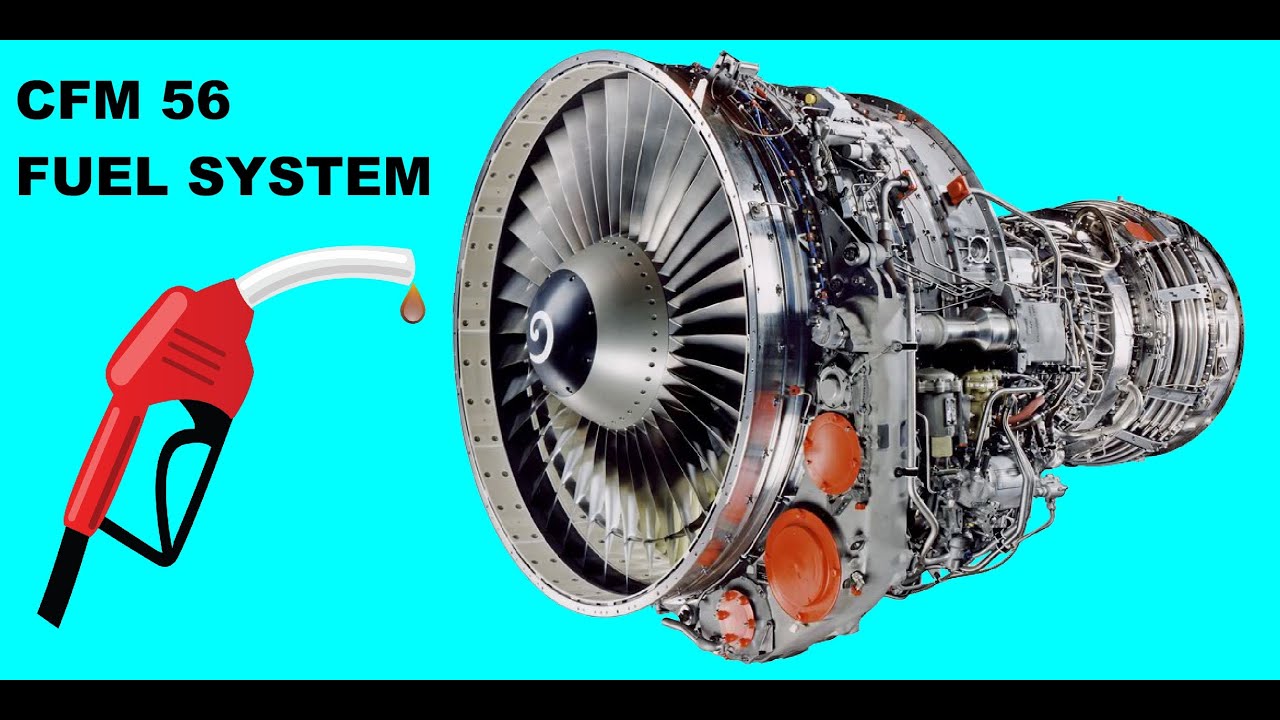ATPL Aircraft General Knowledge - Class 1: Foundations.
Summary
TLDRThis video series aims to help viewers understand the fundamentals of aircraft systems, focusing on engines. Grant explains key physics principles, such as the Combined Gas Law, Newton's Laws, and the concept of mass flow conservation, which are essential for understanding both jet and piston engines. The series delves into how these engines work, emphasizing internal combustion, pressure and temperature changes, and how these physical principles apply to aviation. The video provides a foundational understanding of how engines generate power and thrust, making it a useful resource for anyone preparing for their HL exams.
Takeaways
- 😀 Introduction to Aircraft General Knowledge (AGK) and its importance for HL exam preparation.
- 😀 Understanding internal combustion as the basis for both piston and jet engines.
- 😀 The Combined Gas Law combines Boyle's Law and Charles' Law to explain how pressure, volume, and temperature relate in a gas.
- 😀 Compression of gas leads to increased pressure and temperature, while heating increases both pressure and volume to maintain constant.
- 😀 Practical example of gas laws: Pumping a bike tire increases pressure and volume, and makes the tire hot.
- 😀 The Bernoulli Equation links static and dynamic pressure, fundamental for understanding air flow and engine operation.
- 😀 Conservation of air mass flow explains how the speed of air increases in smaller areas to maintain constant flow.
- 😀 Venturi tube explains how narrowing a tube increases the speed of air, lowering static pressure, and reducing temperature.
- 😀 Newton's Laws of Motion are essential to understanding engine operation and the forces acting on aircraft during flight.
- 😀 Newton’s Third Law: Every action force has an equal and opposite reaction force, crucial for understanding jet propulsion.
- 😀 Piston and jet engines are both based on these physics principles, with differences in how they generate thrust and operate.
Q & A
What is the main focus of this series on aircraft general knowledge (AGK)?
-The series focuses on educating viewers about aircraft systems, including engines and electrics, as well as the core physics principles that support these systems.
What principle do both jet and piston engines operate on?
-Both jet and piston engines work through the principle of internal combustion, where fuel is burned with air to create power.
What is the combined gas law and how is it relevant to aircraft engines?
-The combined gas law combines Boyle's law and Charles's law. It states that pressure multiplied by volume divided by temperature equals a constant. This law helps explain how pressure, volume, and temperature behave in engines, such as how compression in an engine increases temperature and pressure.
How does the combined gas law apply to compressing air in an engine's cylinder?
-When air is compressed in an engine’s cylinder, its volume decreases, and as per the combined gas law, both the pressure and temperature of the air will increase to maintain the constant.
What is Bernoulli's equation and how does it relate to aircraft?
-Bernoulli's equation states that static pressure plus dynamic pressure is always constant. It helps explain how air flows over wings to create lift and how mass flow is conserved in engine systems.
What is the conservation of air mass flow and how does it affect engine design?
-The conservation of air mass flow states that the rate of mass flow must remain constant at every point in a flow system. In engine design, if the area through which air flows narrows, the air’s speed must increase to maintain the same mass flow.
How does the Venturi tube demonstrate the conservation of air mass flow?
-In a Venturi tube, as air flows through a narrowing section, its speed increases to maintain the same mass flow rate. This results in a decrease in static pressure and temperature in the narrow section, and a rise in pressure and temperature when the air exits into a wider section.
How does the Bernoulli effect help create lift on an aircraft wing?
-The Bernoulli effect creates pressure differences between the top and bottom of a wing by speeding up the air over the top surface. This causes the air pressure on top to be lower than on the bottom, generating lift.
What is Newton's first law of motion and how does it apply to aircraft?
-Newton’s first law states that an object will remain at rest or in uniform motion unless acted upon by an external force. In aviation, this means an aircraft will remain stationary or continue flying at a constant speed unless external forces like thrust or drag affect it.
What does Newton’s third law of motion tell us about jet propulsion?
-Newton’s third law states that for every action, there is an equal and opposite reaction. In jet propulsion, when air is accelerated out the back of an engine, the opposite reaction is the forward thrust that propels the aircraft.
Outlines

Этот раздел доступен только подписчикам платных тарифов. Пожалуйста, перейдите на платный тариф для доступа.
Перейти на платный тарифMindmap

Этот раздел доступен только подписчикам платных тарифов. Пожалуйста, перейдите на платный тариф для доступа.
Перейти на платный тарифKeywords

Этот раздел доступен только подписчикам платных тарифов. Пожалуйста, перейдите на платный тариф для доступа.
Перейти на платный тарифHighlights

Этот раздел доступен только подписчикам платных тарифов. Пожалуйста, перейдите на платный тариф для доступа.
Перейти на платный тарифTranscripts

Этот раздел доступен только подписчикам платных тарифов. Пожалуйста, перейдите на платный тариф для доступа.
Перейти на платный тарифПосмотреть больше похожих видео
5.0 / 5 (0 votes)






